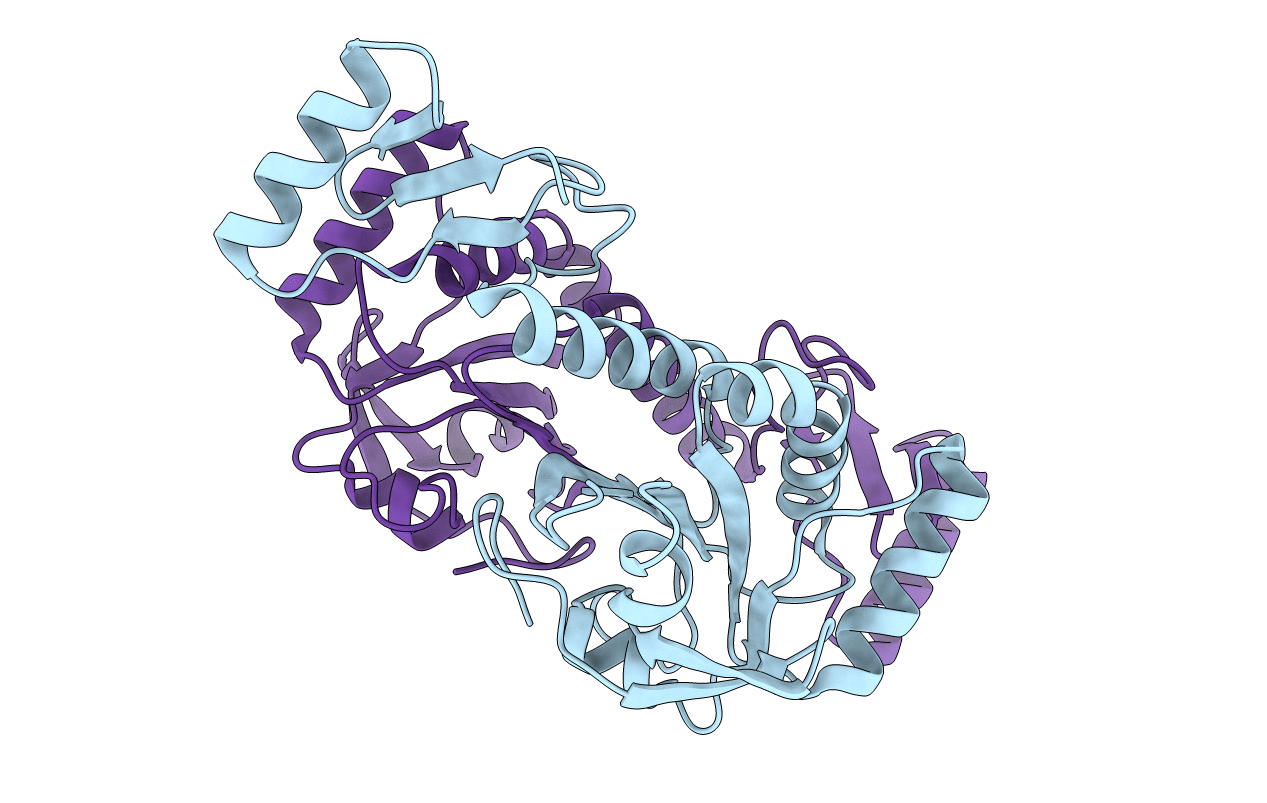
Deposition Date
2018-11-27
Release Date
2019-03-06
Last Version Date
2023-11-22
Entry Detail
PDB ID:
6IU0
Keywords:
Title:
Peroxiredoxin from Thermococcus kodakaraensis (0Cys mutant)
Biological Source:
Source Organism:
Thermococcus kodakarensis KOD1 (Taxon ID: 69014)
Host Organism:
Method Details:
Experimental Method:
Resolution:
2.38 Å
R-Value Free:
0.26
R-Value Work:
0.21
R-Value Observed:
0.21
Space Group:
P 6


